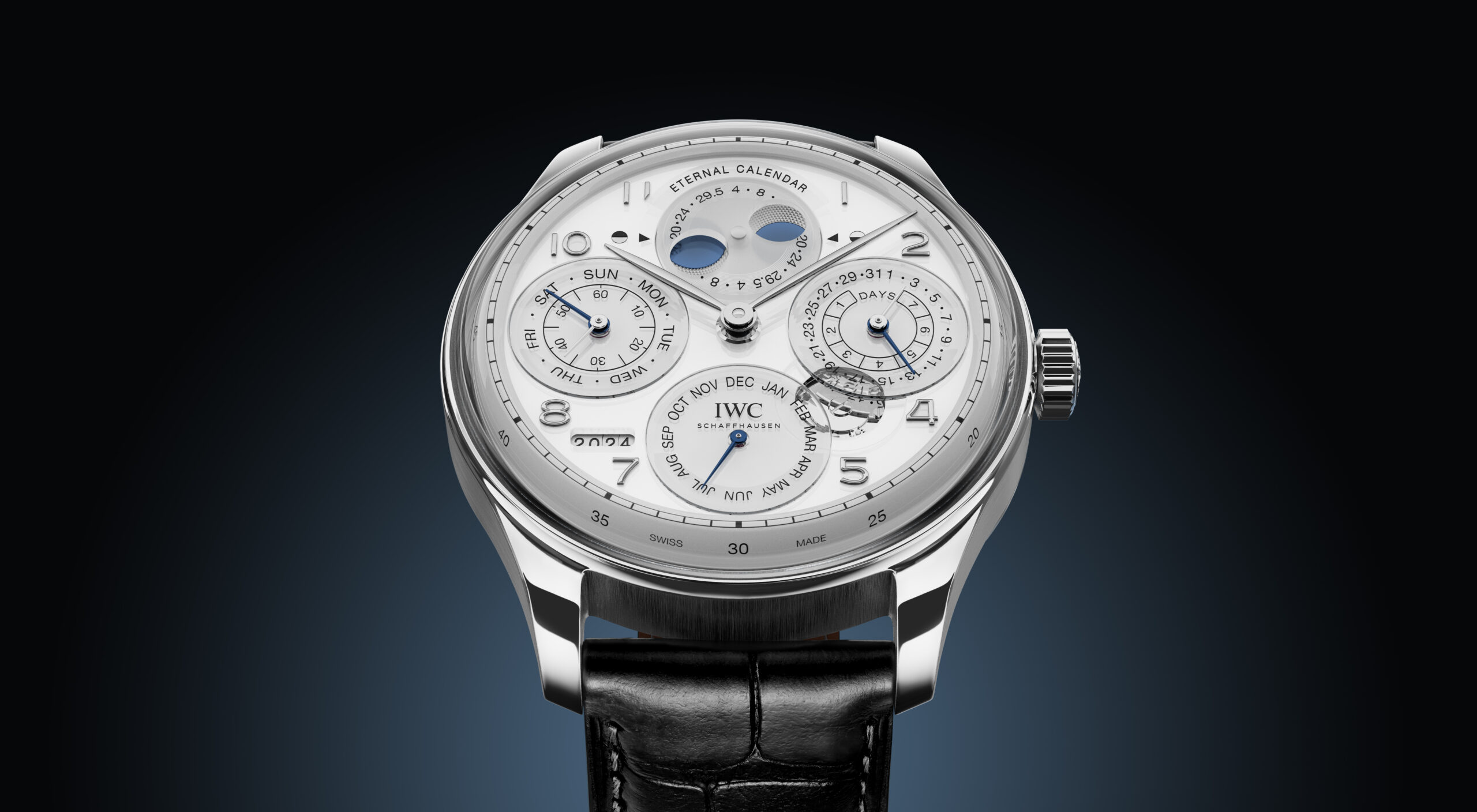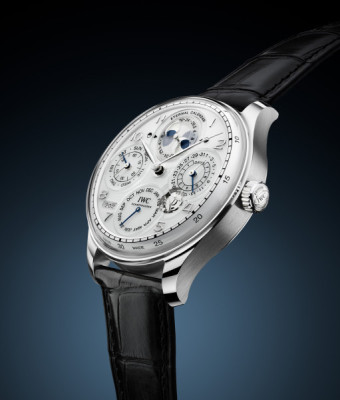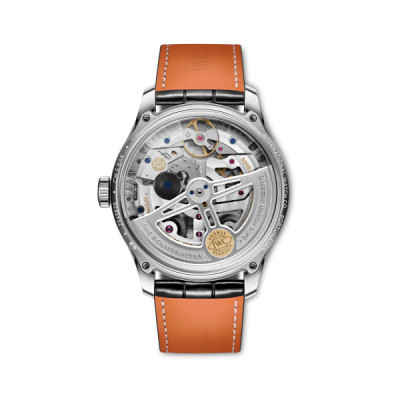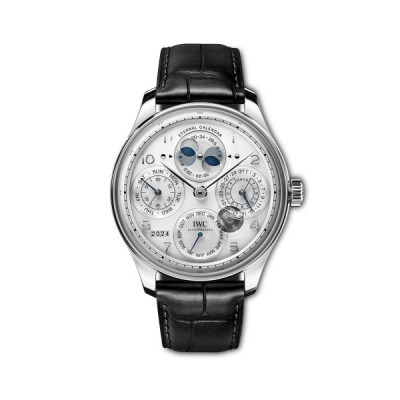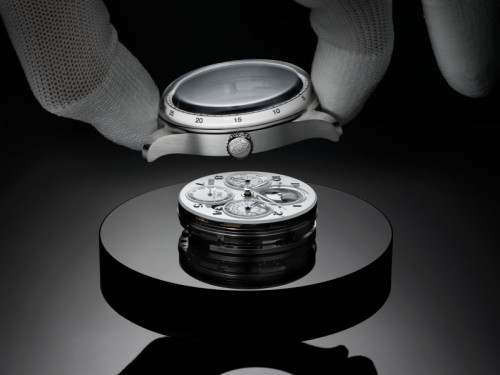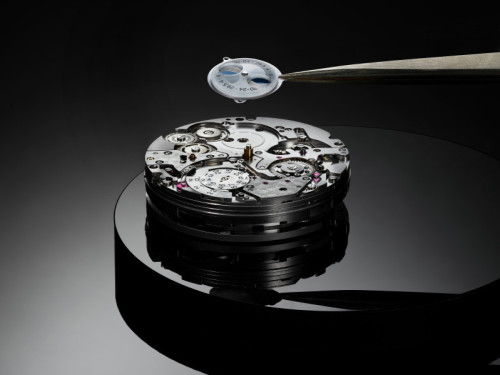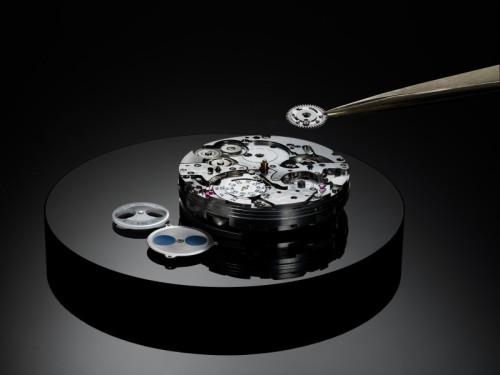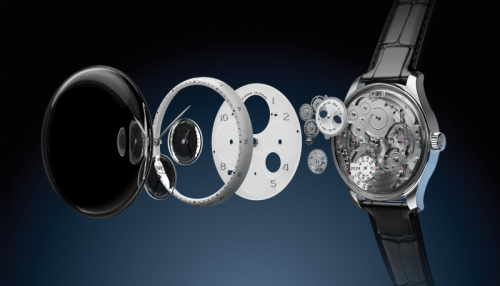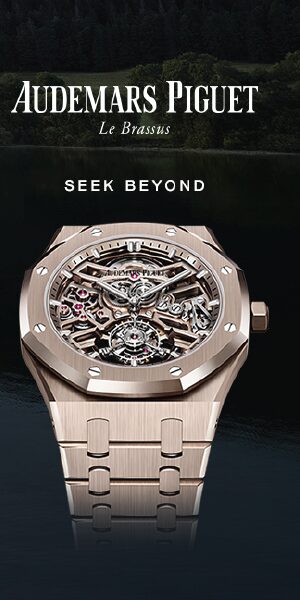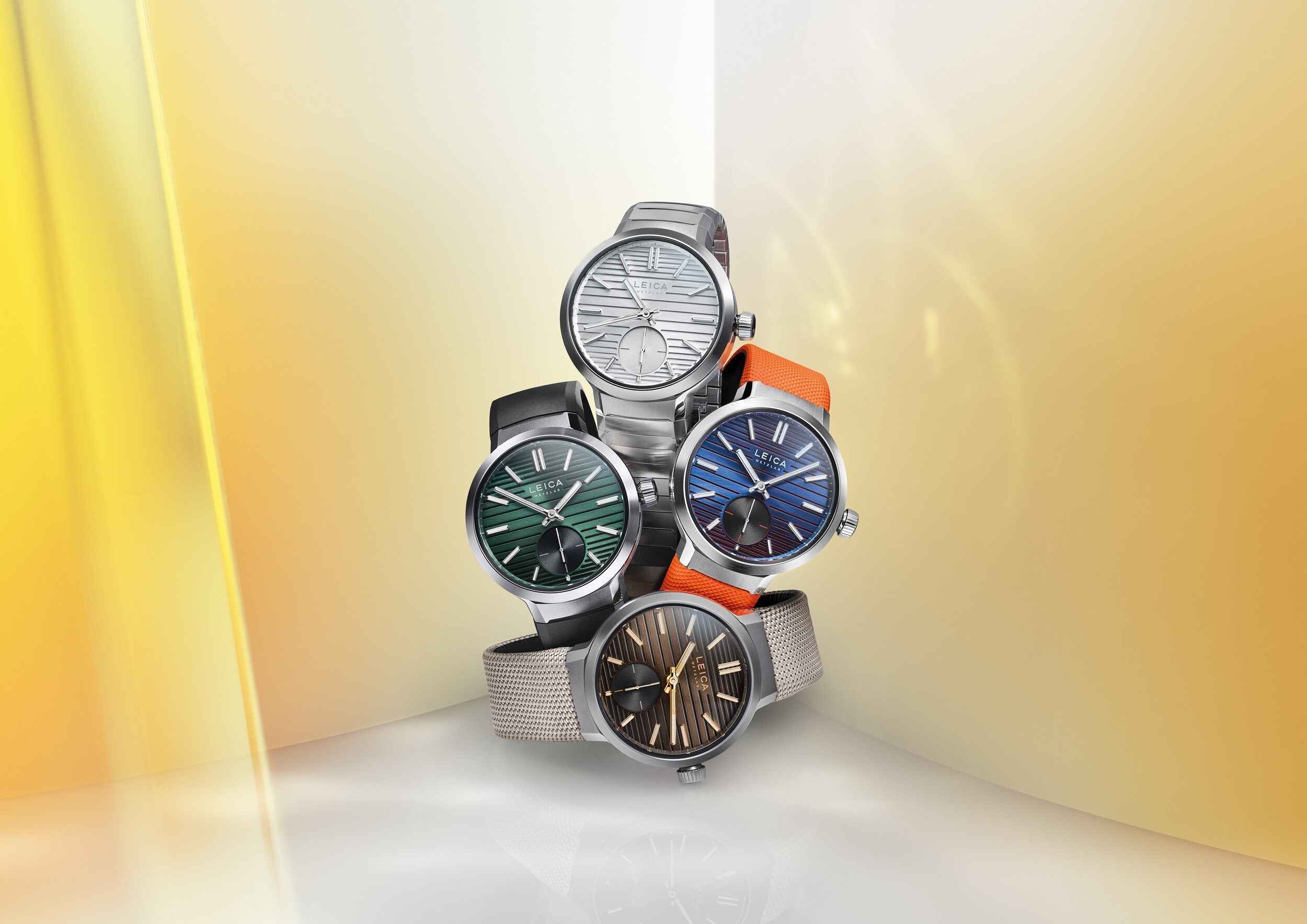Introduction to the Portugieser Eternal Calendar
IWC Schaffhausen has introduced the Portugieser Eternal Calendar at Watches and Wonders Geneva. Leveraging the calendar expertise gained over nearly forty years, IWC continues to innovate with its first secular perpetual calendar.
Advanced Calendar Mechanics
The Portugieser Eternal Calendar not only adjusts for the different month lengths and leap days every four years but also accounts for the complex leap-year exception rules of the Gregorian calendar. It features a new 400-years gear that will automatically skip three leap years over four centuries, first occurring in 2100.
Moon Phase Precision
This watch also includes an exceptionally accurate moon phase display. Thanks to a newly developed reduction gear, the Double Moon™ phase display will deviate by only one day after 45 million years.
“Since Kurt Klaus developed his legendary perpetual calendar in the 1980s, IWC Schaffhausen has accumulated unique expertise in mechanical calendars that are ingeniously efficient in their design and easy to use. With the new Portugieser Eternal Calendar, we now venture further than ever before, touching the limits of eternity. Our first secular perpetual calendar automatically takes into account the Gregorian calendar’s complex leap-year exception rules by skipping the leap year three times over 400 years. True to the spirit of engineers who are always pushing the boundaries, we have also fitted this technical marvel with a moon phase display that will only deviate from the moon’s orbit by one day after 45 million years.”
Chris Grainger-Herr
CEO of IWC Schaffhausen
Design and Craftsmanship
The watch is crafted with a platinum case and a black alligator leather strap from Santoni. The extensive use of glass elements, including a glass dial and double box-glass sapphire crystals, reveals the ingenious mechanism inside. This increased transparency creates a unique feeling of lightness, airiness, and subtle elegance.
Challenges in Calendar Engineering
Converting the irregular calendar system into a mechanical wristwatch program is one of the toughest engineering tasks in fine watchmaking. The Gregorian calendar, widely used globally today, splits the year into twelve months with 28, 30, or 31 days. Years divisible by four are considered leap years, adding an extra day, the 29th, to February. An extra correction is required for the calendar to match the solar year: only centurial years divisible by 400 are leap years, while the rest are common years. Thus, the years 2000 and 2400 are leap years, whereas 2100, 2200, and 2300 are common years.
Four-Century Leap Year Cycle
Traditional perpetual calendars are designed for a four-year cycle where three common years are followed by a leap year. By its design, it will see the year 2100 as a leap year and require adjustment. This will also occur in 2200 and 2300. Consequently, a perpetual calendar will need three adjustments over 400 years. The secular perpetual calendar of the Portugieser Eternal Calendar (Ref. IW505701) is mechanically designed to manage these intricate details. It will accurately calculate leap years up to at least 3999, pending a decision on whether 4000 will be a leap year.
Technical Innovation in Leap Year Handling
The Portugieser Eternal Calendar uses a modular and synchronized design similar to existing perpetual calendars, but with an additional mechanism. Every four years, a new module determines if a leap year occurs, with the 400-years gear ensuring three leap years are skipped in four centuries. This gear is designed with only eight parts, highlighting IWC’s technical elegance.
Unprecedented Moon Phase Accuracy
IWC has continually improved its moon phase displays, achieving a precision of 122 years in 1985 and 577.5 years in 2003. The challenge of showing the moon phase on a watch dial is that the moon does not follow a daily rhythm in its orbit around Earth. One cycle from new moon to new moon, known as a lunation, lasts 29 days, 12 hours, 44 minutes, and 2.88 seconds, not 30 days. Thus, the length of a calendar month needs to be adjusted to match the lunar cycle as closely as possible. This is accomplished by inserting a reduction gear between the base movement and the moon phase disc. High precision is achieved through the number of wheels, their sizes, and the number of teeth they possess. IWC’s engineers utilized a specialized computer program to simulate over 22 trillion combinations. For the Portugieser Eternal Calendar, they developed a new reduction gear train with three intermediate wheels. Mathematically, the moon phase display will deviate from the moon’s orbit by only one day after 45 million years. Another challenge was fitting this new gear train into the limited space of the eternal calendar module.
Displaying the Moon Phase
The Double Moon™ indication shows the moon from both hemispheres using two superimposed discs. The celestial disc with circular openings rotates over a stationary lower disc with two dots. This negative depiction creates the illusion that two small moons are waxing or waning. The lower disc is crafted from titanium and adorned with a Guilloché pattern, while the upper disc is made of glass.
Exquisite Dial and Case Design
The platinum case features polished and brushed surfaces. The glass dial undergoes a complex manufacturing process, including frosted and lacquered finishes, hand-applied printing, and mounted appliques. The glass’s depth gives the print and appliques a floating lightness. The numerals and distinctive Portugieser minute scale are printed on a white lacquered flange between the glass dial and front glass. The box-glass sapphire crystals are meticulously machined and polished.
High-Performance Calibre 52640
Inside the platinum case is the newly developed IWC-manufactured 52640 calibre, featuring the efficient Pellaton winding system. Utilizing the rotor’s bidirectional movements, it efficiently accumulates a seven-day (168-hour) power reserve in the two barrels. Parts of the winding system that endure high stress are made from nearly wear-free zirconium oxide ceramic. The movement features intricate finishes like circular graining and Geneva stripes, viewable through the box-shaped sapphire glass case back.
Editor’s Note: All listed prices were correct at the time of publication. This article contains editorial selections and paid partnerships. Please note that this article may contain some affiliate links to products and we may receive a commission for selected purchases.
SHARE THIS ARTICLE
